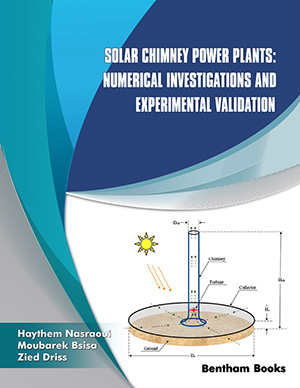Abstract
Clean and healthy environmental maintenance is very important for
sustainable development. Prevention and reduction of pollution, and reuse, and
recycling of materials are some of the best practices of environmental management.
Environmental monitoring is a systematic method of sampling air, water, soil and biota
and assessing their quality and characteristics. The environmental monitoring process
includes establishing a baseline of exposure, correlating with contamination source,
estimating concentration changes of pollutants and extracting the information from
collected data. This information can be used as input for the design of treatment plants;
to check for compliance with standards, preventive measures of hazards, etc., the
monitoring methods are categorized as ground-based sampling and measurements, a
simulation model-based monitoring, and satellite monitoring. Ground-based monitoring
provides accurate results, whereas simulation models give prior information about the
prediction of pollutant levels, and satellite monitoring details environmental quality
over a greater areal extend. Monitoring can also be subdivided into source and ambient
environmental monitoring. IoT-based smart environmental monitoring is gaining more
attraction nowadays with the advent of technology. It makes the labor-intensive process
a simple one. The chapter explains the different IoT components/architectures of
monitoring various applications related to air, water, and soil quality. Application of
IoT is not only limited to the Sestriere sources but also monitoring of forest fires,
analysis, and prediction of climate change patterns, early warning systems of natural
disasters, monitoring levels of snowfall, etc.
Keywords: Air quality monitoring, Environmental monitoring, IoT, Municipal solid waste management, Municipal solid waste monitoring, Sensors, Smart city, Types of monitoring, Waste bin, Water quality monitoring.






















